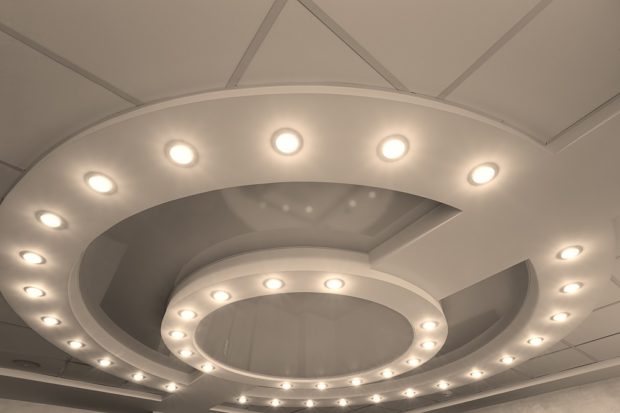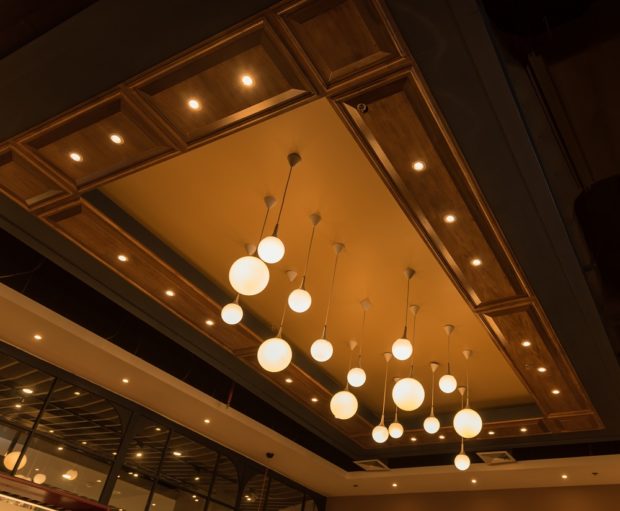Over the years, human beings, having recognized the need to illuminate the prevailing darkness of the world, have brought several discoveries and inventions of myriad sources of light into the world, ranging from fire to the electric bulb to a number of modern-day appliances. But, with the change of time the needs and priorities of people also change and, in these times, when everyone is conscious about saving electricity and saving energy bills, everyone is looking for lighting options that are budget friendly and environment friendly. Thus, Old inefficient incandescent bulbs are replaced by new downlight fitting or recessed light. Which is one of the very recent developments in the realms of artificial lighting is downlight fitting or recessed light.
What is downlight fitting?
- Developed in the 1950s by Ivan Kirlin of the Kirlin Company, a recessed light or is a light fixture that is installed into the hollow opening in a ceiling.
- When installed, it appears to have light shining from a cleft in the ceiling, concentrating the light in a downward direction.
- There are three parts to downlight fitting: housing, trim and bulb. Given below are the descriptions of each:
- Trim: Visible portion of the light which also includes the thin lining around its edge.
- Housing: The fixture itself that is installed inside the ceiling and contains the lamp holder.
- Bulb: Can be of many different types that can be inserted into the fixtures, with the amount of heat that is generated by the bulb being of a very unique type and consideration.
Places where downlight fittings can be installed are as follows:
- Home Movie Theatres: Theatres benefit from the clear sight-lines that downlight fittings provide.
- Kitchen Perimeter/Above Counters: Since recessed lights are directional, they work well as kitchen task lights.
- Kitchen Islands: Task lighting brightens the kitchen island but keeps the centre of the room clear of ceiling obstructions.
- Shower Stalls: Watertight lenses mean that these lights can get splashed with water but can keep on working.
Advantages of downlight fittings are as follows:
- Illumination only, no fixtures available – The ability of the downlight fittings to recess or shrink is one of their biggest advantages. Ceiling downlight fittings are the only ones that hide away and quietly go about their business of illuminating the room. All other lights–tracks, ceiling fixtures, floor and table lamps, monorail and cables–are visible along with the light that they cast.
- Indispensable for low-ceilings – Rooms with low ceilings, such as basements, are practically begging for recessed lights. Ceiling fixtures in rooms with low ceiling will either graze occupants’ heads or simply stick out too much, visually. Gives you your ceiling back.
- Total room coverage – Typical ceiling lights located in the centre of the room illuminate the middle well, but as you progress to the perimeter, the light fades. Downlight fitting, if arrayed correctly, will cover the entire room.
- Sealed lights are waterproof – Recessed lights are the only light that can be installed in the water-intensive environment of shower stalls.
- Perennial style – Unlike track lighting, which shouts “1980s!” or monorail lighting (“2000s!”), is more or less trend-proof. It shall not ever cease to be a trend, for it has never really been trendy.
- Energy-efficient – Downlight fitting is an extremely efficient source of light.
- Environment friendly – they produce less energy, low greenhouse emissions and create less landfill as we don’t need many of them.
Downlight fitting is, thus, definitely the go-to option when one is looking for stylish yet efficacious means of illumination.
The post Lights That Could Create Galaxies Out of Ceilings- Downlight Fittings! appeared first on YourAmazingPlaces.com.




No comments:
Post a Comment